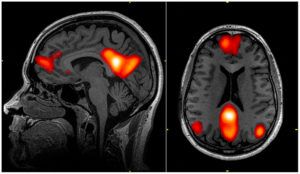With the utmost of respect for Mr Buffett, when he calls BTC “rat poison” he is expressing his philosophical viewpoint of the program (i.e. decentralized currency), not making a prediction of its future (not that I, or anyone else can really know what that it).
The Oracle of Omaha is still not a fan of bitcoin. Neither is Warren Buffett’s top lieutenant Charlie Munger. But to be fair to crypto bulls, both have missed out on an amazing rally.









